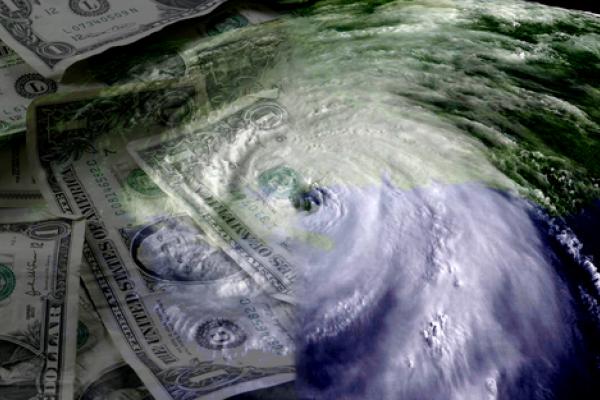“We can’t wait any longer,” Sen. Chuck Schumer declared to his colleagues on Monday. “Ninety-one days ago, Sandy struck a body blow against New York. Today, finally, we can strike back and give our people the help they need to get back on their feet.”
Shortly following, the U.S. Senate passed a long-awaited $50.5-billion disaster aid package that was then sent to the White House for President Obama’s signature.
Superstorm Sandy was the largest Atlantic hurricane on record, though it was only ever a Category 2 storm at its strongest and had weakened to a Category 1 storm by landfall. Nevertheless, due to its immense size, incredible amount of moisture, and record-breaking storm surge, it is estimated to be the second costliest storm in the history of the United States after Hurricane Katrina in 2005.
Read the Full Article

